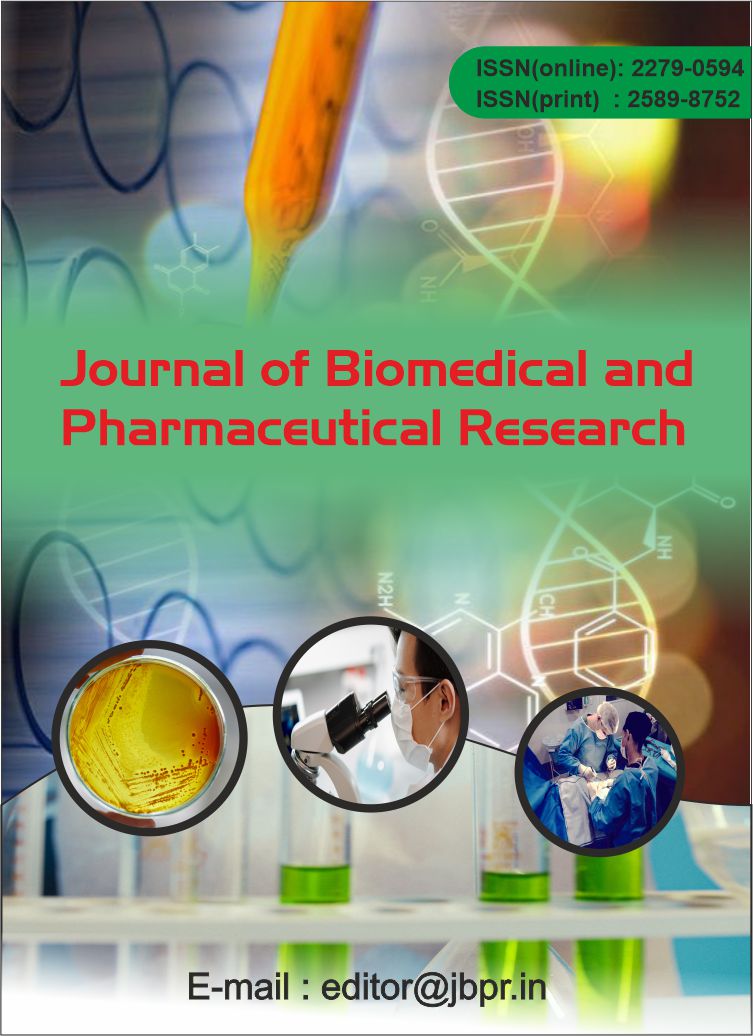PHYTOCHEMICAL SCREENING, CYTOTOXICITY STUDIES AND LARVICIDAL ACTIVITY OF HEXANE EXTRACT OF LIPPIA KITUIENSISAGAINST RHIPICEPHALUS APPENDICULATUS
Abstract
Ectoparasites particularly ticks are responsible for severe losses in the livestock industry. This study evaluated the larvicidal properties of hexane extract ofLippiakituiensisagainst larvae of Rhipicephalus appendiculatus. Contact toxicity was used in the bioassay and mortality data was collected at 6, 12, 24 and 48 hrs.The data obtained during bioassay was then subjected to probit regression analysis to estimate concentration dependent mortality for LC50 and LC90 values in mg/ml.The LC50in mg/mlwere 12.6(11.0-14.1), 10.6 (9.0-12.0), 6.7 (5.2-7.9), and 4.8(2.2-5.9) while the LC90in mg/ml were 19.5(17.0-24.4), 17.4(15.0-22.0), 10.8 (9.1-14.3) and 7.7 (6.2-13.0) at 6, 12, 24 and 48 hrs respectively.Results of one way ANOVA showed significant difference (P= 0.03, 95%) in activity against the larvae by the hexane extract of L. kituiensis at 6, 12, 24 and 48 hrs. Phytochemical screening of hexane extractrevealed presence of saponins, flavonoids, steroids, terpenoids and cardiac glycosides.The activity observed in this extract was attributed to the presence of these phytochemicals. The plant demonstrated no cytotoxicity against vero cells at 500µg/ml, hence the extract was considered safe for practical use in controlling R. appendiculatus infestation in livestock.
![]() Journal of Biomedical and Pharmaceutical Research by Articles is licensed under a Creative Commons Attribution 4.0 International License.
Journal of Biomedical and Pharmaceutical Research by Articles is licensed under a Creative Commons Attribution 4.0 International License.





